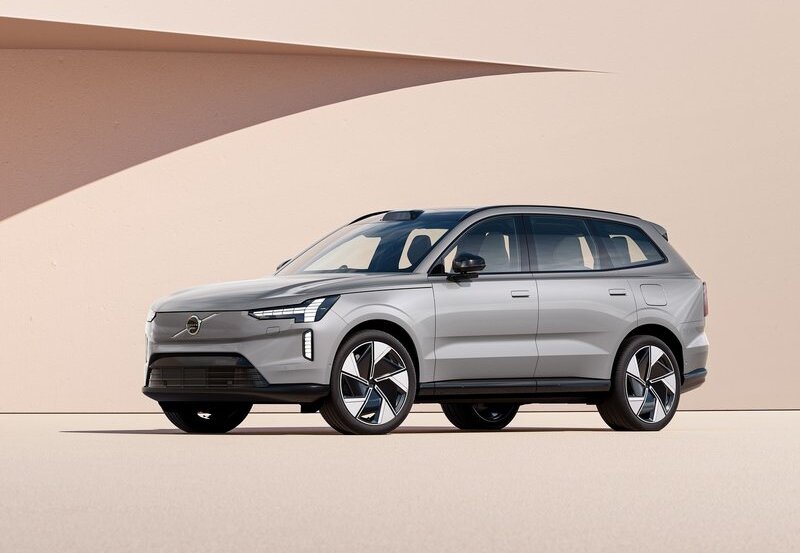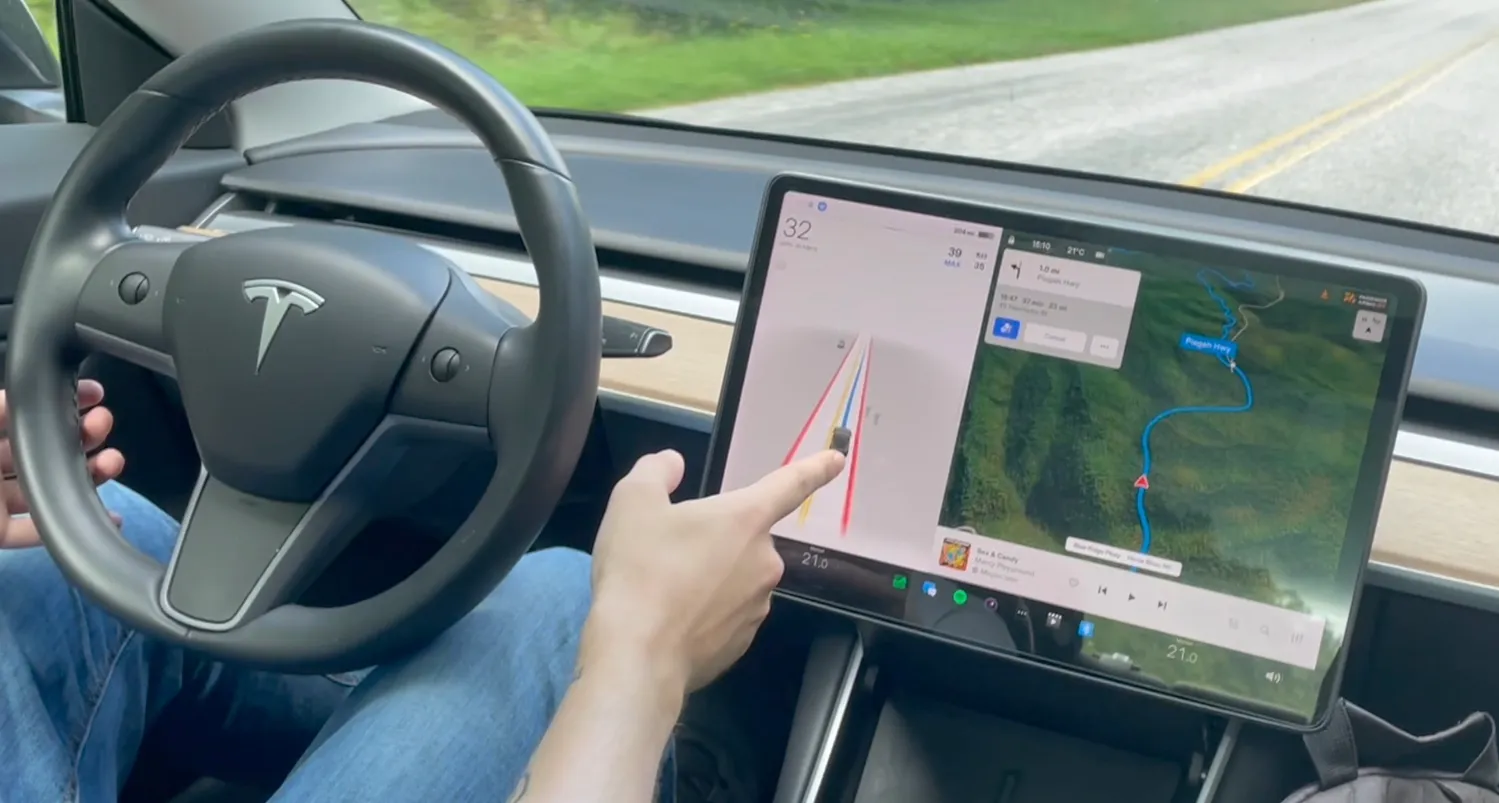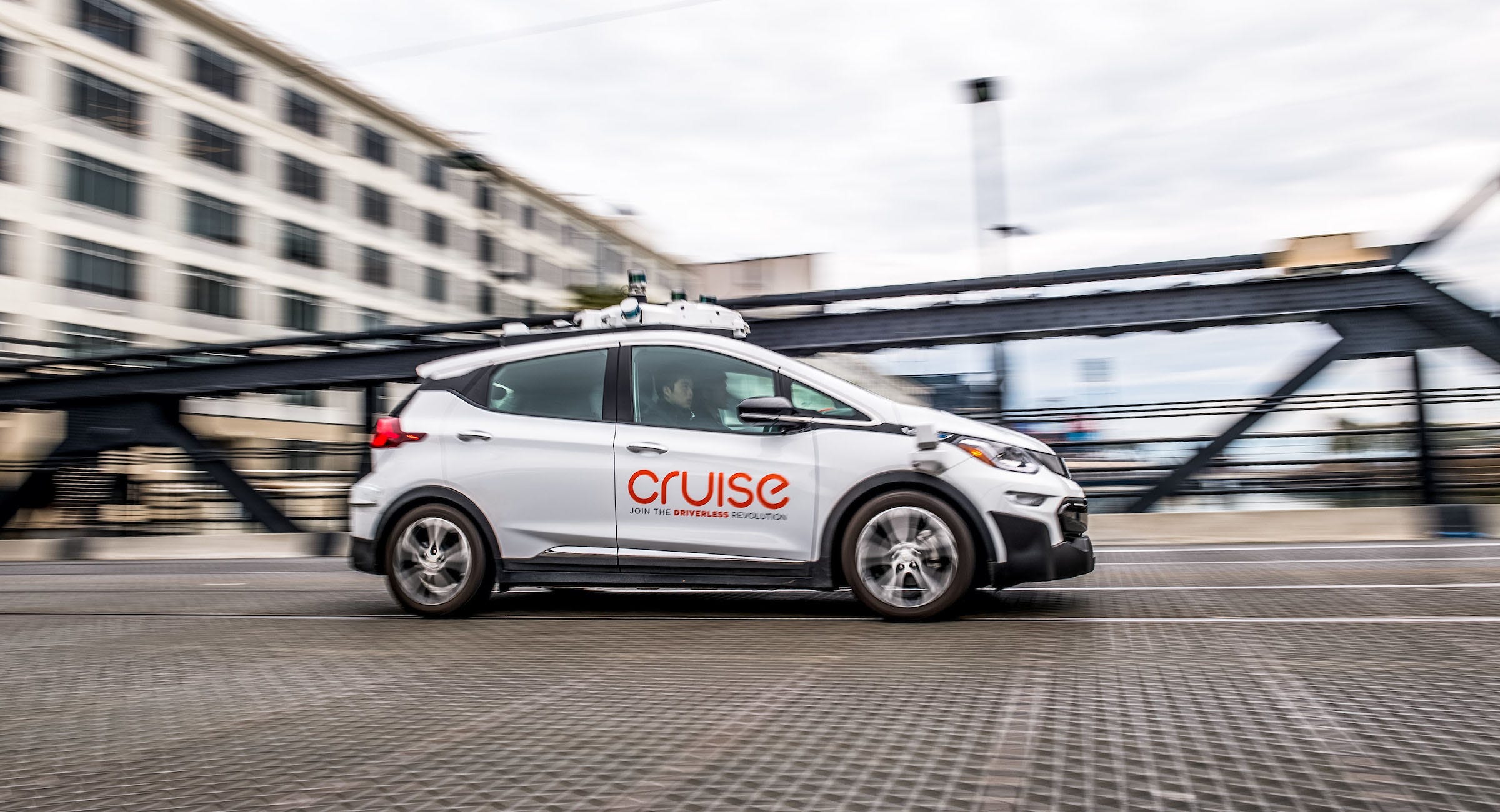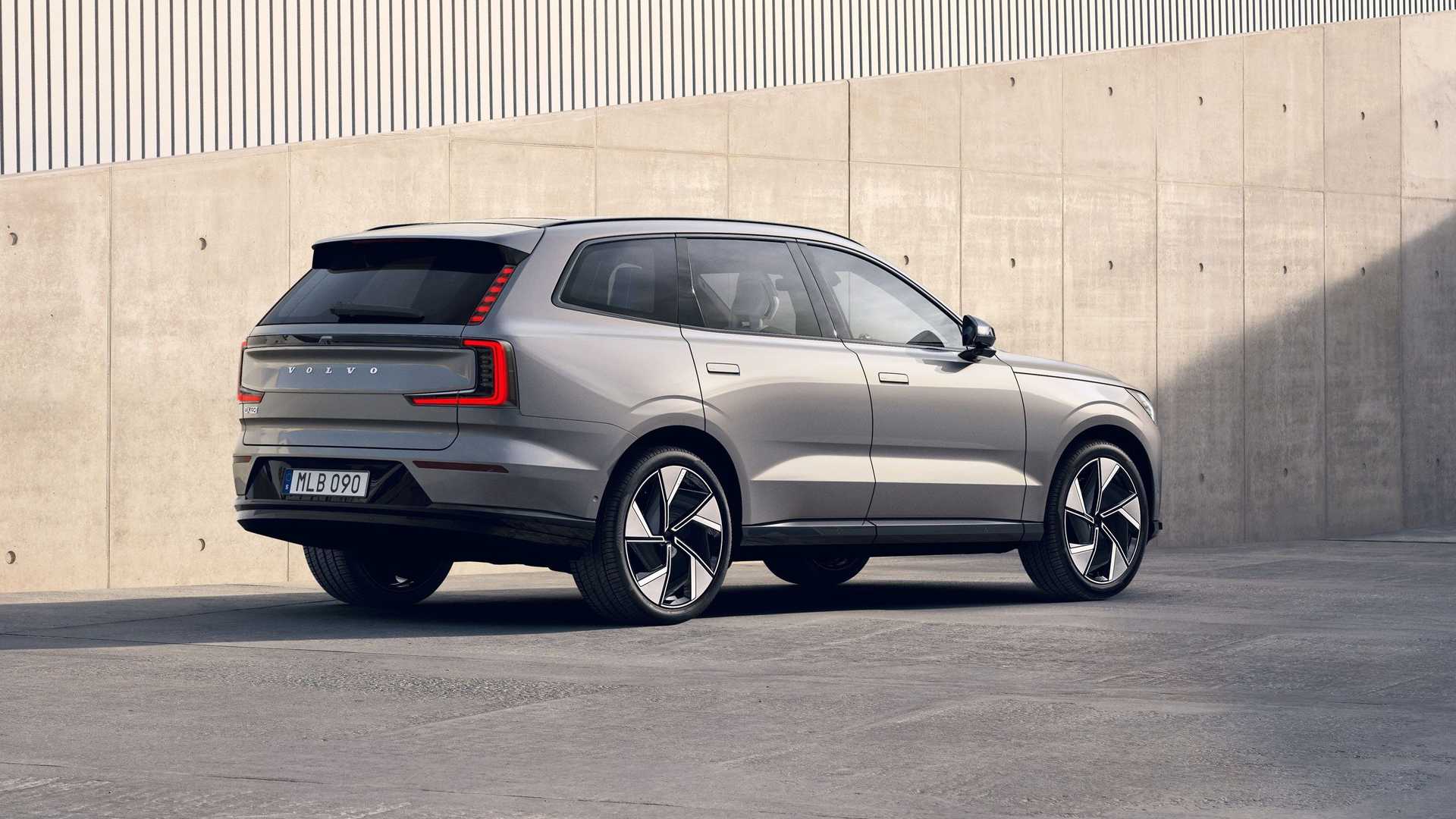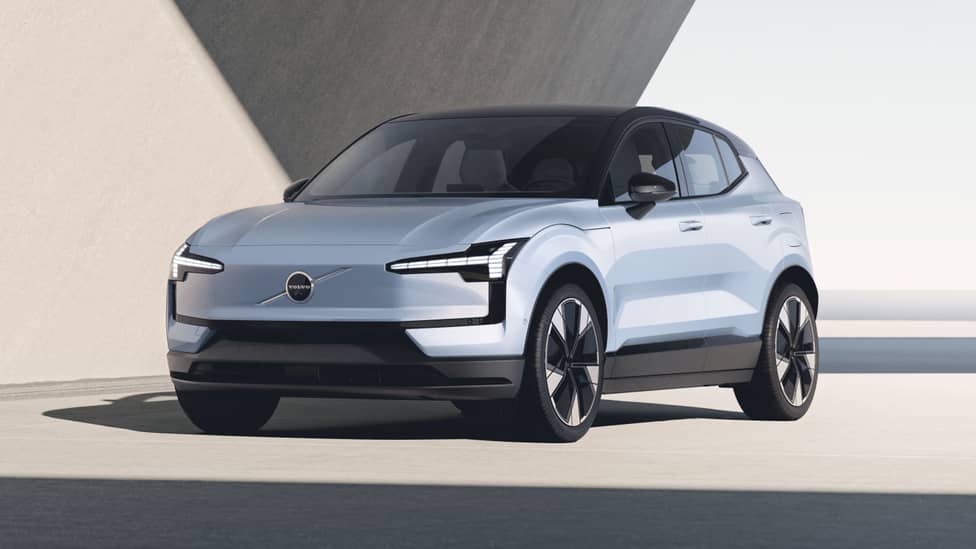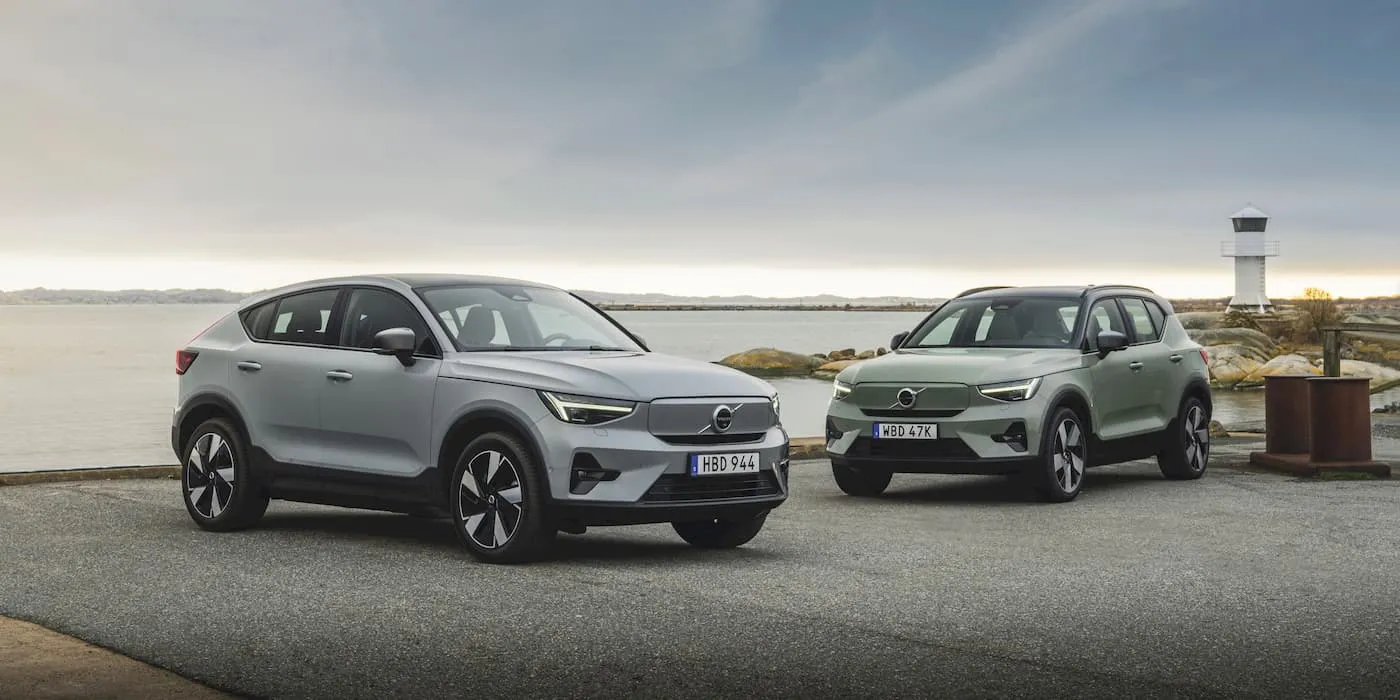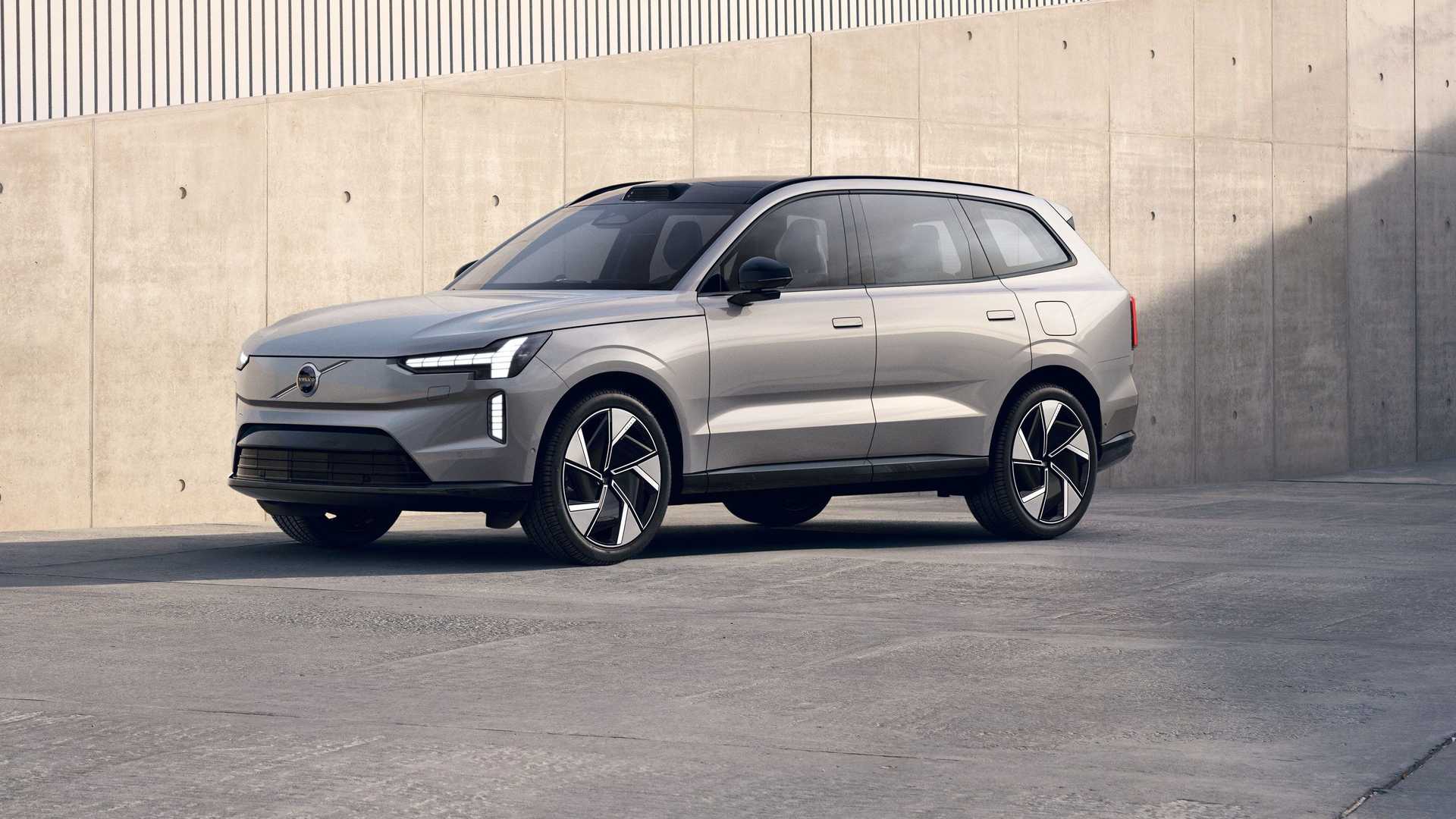Volvo has unveiled an innovative approach to its advanced driver assist suite. The company’s representatives recently shared their insights during the inaugural public crash test of the EX90 EV, emphasising the need to minimise unnecessary warnings.
Mikael Ljung, Senior Safety Technical Lead at Volvo, explained, “You spend about 80% of your time looking at the road ahead and 20% elsewhere. People have learned to do this in a way that works for safe driving.” Ljung highlighted that the 80/20 division of attention is effective in ensuring safe driving, with accidents primarily occurring due to sporadic distractions.
Volvo’s new system takes this into account and will issue warnings exclusively when a driver’s distraction could necessitate the car’s intervention to prevent a potential collision. The intensity of these warnings will escalate if the driver remains inattentive or if the risk of an accident becomes more imminent. In essence, the EX90 will refrain from alerting drivers for momentary diversions such as adjusting the radio, ensuring a less intrusive experience.
See also: Volvo to Cease Diesel Car Production by Early 2024, Accelerating Transition to Electric Vehicles
Asa Haglund, Head of the Volvo Cars Safety Center, shared her perspective, drawing from her experiences teaching her son to drive. She remarked, “We started off with me being quite an annoying active safety system screaming ‘watch out!'” However, she noted that over time, her son began to disregard constant warnings, highlighting the ineffectiveness of incessant alerts in improving driver behaviour.
Haglund stressed the importance of striking the right balance, stating, “When you look away, and something happens – and [the car’s safety systems] are looking – that’s when we want to tell you when the help is needed and not any other time. That’s when we make an effective safety system, not by calling out anything we see at any time.”
The EX90 is set to incorporate a comprehensive array of safety systems, featuring eight cameras, five radars, 16 ultrasonic sensors, and a roof-mounted LiDAR sensor. This wealth of sensors will provide the vehicle with a wealth of information to enhance safety.
This approach by Volvo is welcomed by many who have experienced the occasional annoyances of current advanced safety systems. Common gripes include overly sensitive oncoming vehicle alerts, traction and stability control systems that can be irksome on uneven surfaces, and seat belts that tighten excessively in response to minor lateral movements.
See also: Volvo Autonomous Solutions Collaborates with Boliden for Autonomous Transport Solutions
In conclusion, while safety advancements are crucial, Volvo’s emphasis on minimising excessive warnings and enhancing the driver’s trust in their vehicle could set a new benchmark. This approach challenges the notion that more warnings equate to greater safety and invites other automakers to follow suit in a responsible manner.

